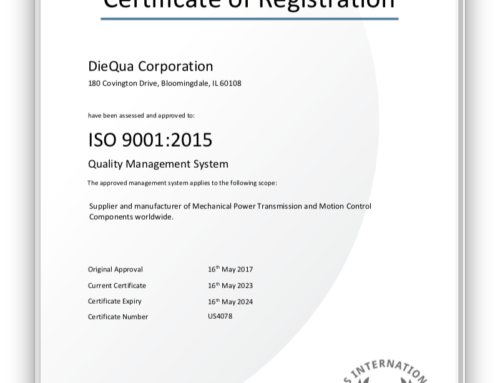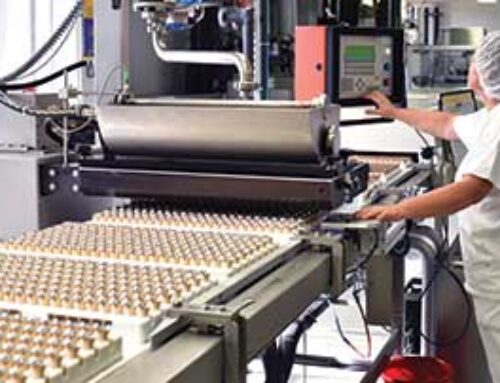Creativity in mechanical design serves as the catalyst for pioneering automation solutions. By infusing innovative concepts into the design process, engineers can fashion automation systems that are not only efficient but also adaptable to diverse operational requirements. This approach fosters the development of cutting-edge solutions that optimize processes, minimize downtime, and enhance overall productivity. Creative mechanical design empowers the seamless integration of automation solutions across industries, unlocking new levels of precision, flexibility, and performance in the realm of automated technologies.
We will answer some questions about how mechanical design creativity enables better automation solutions.
Q1: What is the definition of mechanical creativity in automation?
A1: Mechanical design creativity in automation refers to the innovative application of engineering principles, combining gearing technologies, design thinking, and problem-solving techniques to develop and enhance automated systems, machinery, and robotics. It involves thinking outside the box, combining creativity with technical expertise, and a whole lot of experience, to address operational challenges and drive continuous improvement in automation machine design. Mechanical creativity encompasses the development, application, and sometimes combination of different gearing technologies to drive better outcome in terms of efficiency, productivity, and longevity. This approach fosters the evolution of automation processes, leading to advancements in flexibility and scalability across diverse industrial applications.
Q2: In what ways does mechanical engineering foster creativity and problem-solving, particularly in driving the future of automation and robotics?
A2: Mechanical engineering serves as a catalyst for creativity and problem-solving, propelling the future of automation and robotics through several key avenues. Firstly, it fosters collaboration, electrical and control engineers work with mechanical engineers to bring their unique knowledge and experience to bare. Secondly, it encourages iterative design processes, enabling continuous refinement and improvement of robotic systems. Moreover, it empowers engineers to tackle complex challenges by applying creative thinking and analytical skills, resulting in more capable, reliable, and versatile automated systems.
Q3: What role does innovative thinking play in improving the cost and efficiency of production processes in the field of automation?
A3: Innovative thinking plays a pivotal role in enhancing the cost and efficiency of production processes in automation. By embracing creative mechanical design concepts, engineers can develop streamlined and adaptable automation systems that are flexible, efficient, and highly productive. Innovative approaches lead to the creation of more efficient machinery, reducing production costs through improved energy efficiency and optimized material usage. Moreover, inventive problem-solving fosters the development of automation solutions that are tailored to specific operational needs, resulting in enhanced precision and reduced cycle times. Ultimately, innovative thinking drives continuous improvement, enabling automation to deliver higher productivity and cost-effectiveness in production processes.
Q4: Can you provide examples of how creativity in mechanical design has resulted in novel and effective automation solutions?
A4: Certainly, I can think of two quick examples. An integrator partner of ours came to us with an application to automate a manufacturing process. The existing equipment was driven with AC motors and cams in a punch press process to produce product for the home goods market. The existing equipment was unable to alter its’ process and the customer wanted the flexibility to use different materials for different purposes all produced on the same equipment. The challenge was a gearbox robust enough to withstand spike loads associated with a punch press process. The solution was a large servo motor connected to a large Helical bevel gearbox that was modified to accept a servo input and many internal components altered to withstand the repeated shock loading used in this manufacturing process.
Another example was for a manufacturer of a unique furniture system that was suspended in the ceiling of apartments and condos in urban environments. The bed and other furniture like night stands, clothes storage units, etc, would lower from the ceiling when commanded to do so. The challenge for the gearbox and motor used for the lifting and lowering was noise, both the volume and “quality” of the noise, and overall cost. The existing solution was using inexpensive spur gears driven by a small AC motor. The solution here was first to use helical planetary gearboxes driven with a small servo motor and then coat the assembly with a noise suppression coating applied in our paint booth. The result was an ultra-quiet drive mechanism.
Another example was for a manufacturer of a unique furniture system that was suspended in the ceiling of apartments and condos in urban environments. The bed and other furniture like night stands, clothes storage units, etc, would lower from the ceiling when commanded to do so. The challenge for the gearbox and motor used for the lifting and lowering was noise, both the volume and “quality” of the noise, and overall cost. The existing solution was using inexpensive spur gears driven by a small AC motor. The solution here was first to use helical planetary gearboxes driven with a small servo motor and then coat the assembly with a noise suppression coating applied in our paint booth. The result was an ultra-quiet drive mechanism.





